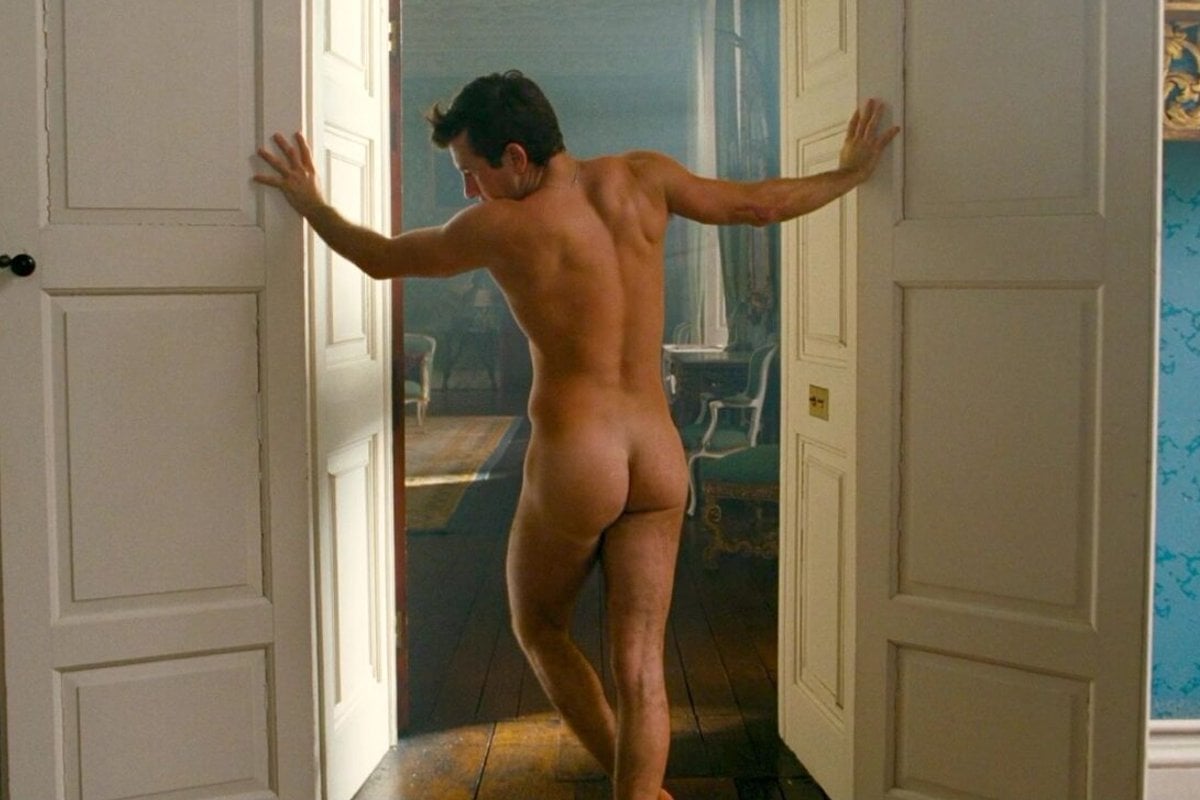
If you've watched a TV show or movie lately, you probably have some questions drumming around in your mind and they're probably the same as mine:
Why is it all so dark? I can't see anything!
Are the music sequences supposed to be this f**king loud?
What's with all the c**k and balls?
Alright, maybe you didn't use the same colourful language as I did while watching Saltburn, but I know I am right: TV shows and films are virtually filmed in the dark these days, the music seems to be louder than the actors who are talking, and there is so much d**k on screen.
But... why?
 A still from Barry Keoghan dancing naked in Saltburn. Image: Prime Video.
A still from Barry Keoghan dancing naked in Saltburn. Image: Prime Video.



Top Comments